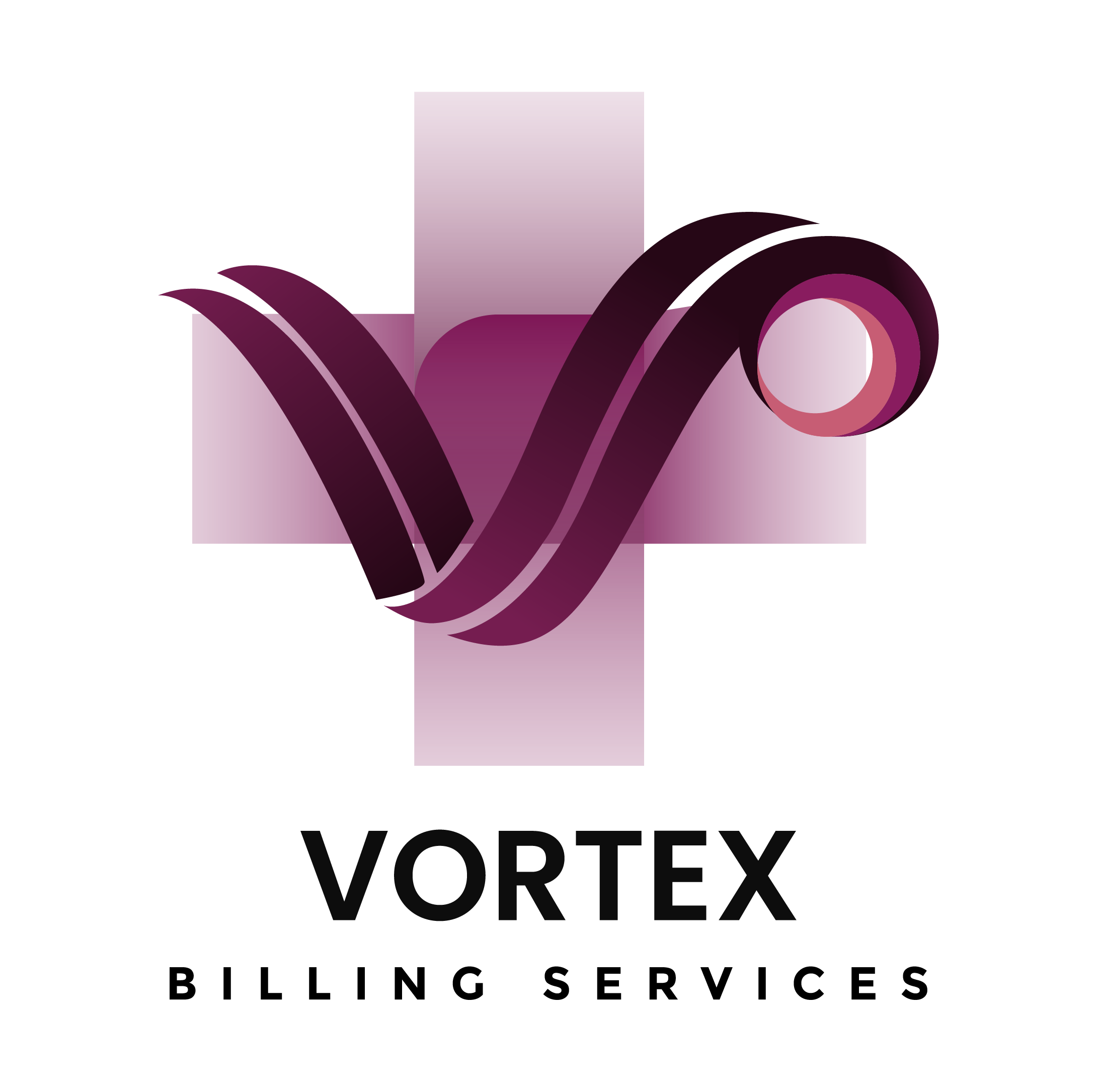Importance Of ICD 10 For Medical Billing
ICD-10 – The Cornerstone of Accurate Medical Billing
ICD-10-CM and ICD-10-PCS
Certainly, ICD-10 is divided into two main systems: ICD-10-CM (Clinical Modification) and ICD-10-PCS (Procedure Coding System). These two systems serve different purposes within the healthcare industry:
ICD-10-CM (Clinical Modification)
- Purpose: ICD-10-CM is primarily used for diagnosing diseases, conditions, and disorders in clinical settings. Healthcare providers use it to document and report medical diagnoses for patient care, epidemiology, and billing purposes.
- Content: ICD-10-CM contains a wide range of codes that cover various diseases, injuries, and conditions. These codes are organized into chapters, each representing a different category of health conditions (e.g., infectious diseases, neoplasms, circulatory system diseases).
- Format: ICD-10-CM codes are alphanumeric and follow a specific structure. They typically consist of three to seven characters, including letters and numbers.
ICD-10-PCS (Procedure Coding System)
- Purpose: ICD-10-PCS is used for coding medical procedures and surgeries in hospital inpatient settings. It helps healthcare facilities document and track the services provided during inpatient stays, which is crucial for reimbursement, quality assessment, and research.
- Content: ICD-10-PCS codes are specific to procedures and surgeries and are organized into sections based on the type of procedure (e.g., medical and surgical, obstetrics, placement, removal). Each code provides detailed information about the procedure, such as the body part involved, the approach used, and any device or substance used.
- Format: ICD-10-PCS codes also use an alphanumeric format but differ significantly from ICD-10-CM codes. They consist of seven characters, including letters and numbers, and are structured to describe the procedure comprehensively.
List Of ICD-10 Codes
-
List Of ICD-10 CodesList Of ICD-10 Codes
Random Codes List For Ease
| ICD-10 | Description |
| A049 | Bacterial intestinal infection, unspecified |
| A058 | Other specified bacterial foodborne intoxications |
| A084 | Viral intestinal infection, unspecified |
| A150 | Tuberculosis of lung |
| A259 | Rat-bite fever, unspecified |
| A267 | Erysipelothrix sepsis |
| A34 | Obstetrical tetanus |
| B03 | Smallpox |
| B0589 | Other measles complications |
| B08010 | Cowpox |
| B169 | Acute hepatitis B w/o delta-agent and without hepatic coma |
| B481 | Rhinosporidiosis |
| C220 | Liver cell carcinoma |
| C49A5 | Gastrointestinal stromal tumor of rectum |
| D474 | Osteomyelofibrosis |
| D519 | Vitamin B12 deficiency anemia, unspecified |
| D690 | Allergic purpura |
| E41 | Nutritional marasmus |
| E500 | Vitamin A deficiency with conjunctival xerosis |
| E501 | Vitamin A deficiency w Bitot’s spot and conjunctival xerosis |
| E502 | Vitamin A deficiency with corneal xerosis |
| E503 | Vitamin A deficiency with corneal ulceration and xerosis |
| E504 | Vitamin A deficiency with keratomalacia |
| E505 | Vitamin A deficiency with night blindness |
| E506 | Vitamin A deficiency with xerophthalmic scars of cornea |
| E507 | Other ocular manifestations of vitamin A deficiency |
| E508 | Other manifestations of vitamin A deficiency |
| E509 | Vitamin A deficiency, unspecified |
Key Features of ICD-10
- Alphanumeric Coding Format: ICD-10 uses an alphanumeric Coding format, which combines letters (A to Z) and numbers (0 to 9) in its codes. This format allows for a more detailed and specific classification system than the previous ICD-9, which used only numeric codes.
- Hierarchical Structure: ICD-10 is organized hierarchically. It starts with broad categories at the top (e.g., chapters) and becomes progressively more specific as you go deeper into the code system. This hierarchical structure makes locating relevant codes for specific diseases or conditions easier.
- Expanded Code Set: ICD-10 significantly expands the number of available codes compared to ICD-9. This expansion allows for a more precise representation of diseases and conditions, enabling healthcare professionals to capture a wider range of clinical scenarios accurately.
- Chapters and Sections: The ICD-10 code system is divided into chapters and sections that group related diseases and conditions. For example, Chapter 2 is dedicated to neoplasms (cancers), Chapter 9 covers circulatory system diseases, and so on. This organization helps users quickly navigate to the relevant section of the code manual.
- Detailed Code Descriptions: Each ICD-10 code is accompanied by a detailed description of the disease or condition it represents. This description often includes information about the affected body systems or organs, clinical characteristics, and additional details that help healthcare providers accurately document and code patient diagnoses.
- Use of Exclusions and Inclusions: ICD-10 incorporates “exclusion” and “inclusion” notes to clarify when certain codes should or should not be used in conjunction with each other. This feature helps reduce coding errors and accurately represents a patient’s condition.
- Placeholder ‘X’ Codes: ICD-10 includes placeholder codes denoted by the letter ‘X.’ These codes are used when a specific code is unavailable or further details are needed. They provide flexibility in Coding, allowing for future updates and adaptations.
- Adaptability to Electronic Health Records (EHRs): ICD-10 is designed to integrate seamlessly with electronic health record (EHR) systems, facilitating the electronic exchange of patient information and billing data between healthcare providers, insurers, and other stakeholders.
The Benefits Of ICD-10 Codes Usage
Importance Of ICD-10 For Medical Billing
Vortex As Expert In ICD-10 Codes
Vortex’s expert team, well-versed in ICD-10 coding intricacies, is a valuable asset for healthcare providers. Their mastery of ICD-10 codes ensures precise billing, reducing errors, claim rejections, and financial strain. Staying current with evolving regulations, Vortex Medical Billing eases the compliance burden for healthcare providers, streamlining coding processes and optimizing revenue. This allows healthcare professionals to focus on their core mission—delivering exceptional patient care.
-
List Of ICD-10 CodesList Of ICD-10 Codes
-
List Of ICD-10 CodesList Of ICD-10 Codes
Get a Quote
Subscribe to Our Newsletter!
Vortex Medical Billing stands out as a premier provider of medical billing services, catering to healthcare practitioners, individual practices, physician groups, and hospitals.


